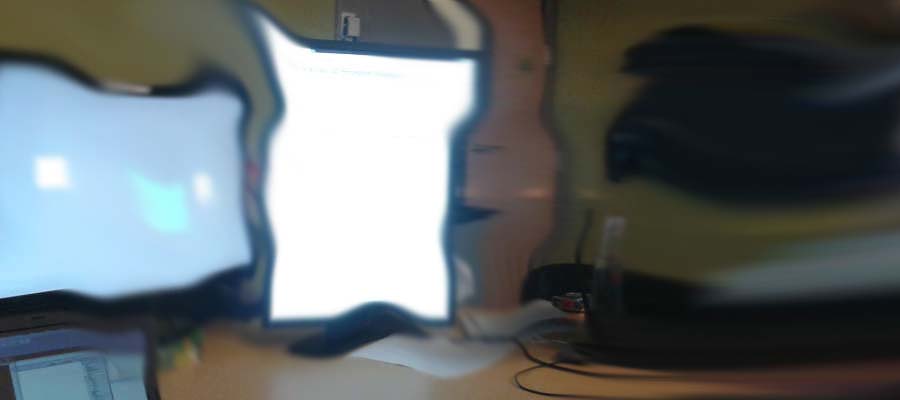Human-Computer Interaction & Information Visualization
Stereoscopic 3D Perception Study
Evaluating the Perceived Relative Depth of
Stereoscopically
Rendered Two-Dimensional Shapes
October 2012 – December 2012
Technologies: C++
We performed a perception study to examine the human's ability to
perceive relative depth of stereoscopically and monoscopically
rendered two-dimensional shapes. Participants were required to
estimate the relative distance ratios of shapes with respect to a
reference object.
To display stereoscopic 3D content, a TFT-LCD monitor, model
ZM-M240W, by Zalman Tech. Co., Ltd. was used. It is a passive
stereoscopic 3D LCD monitor requiring polarized 3D glasses. The
screen resolution was set to 1920x1080. Questions were displayed on
a second monitor, and could be answered by using a mouse.
To avoid accidental motion parallax, blurring effects, as well as fluctuations in perceived depths, each participant was required to place their head on a chin rest. While seated, the distance from each participant's forehead was made to be exactly 1 metre away from the base of the 3D monitor.
- Passive stereoscopic 3D LCD monitor
- Polarized 3D glasses
- 3D Content
- Chin-rest

- Stereoscopic viewing condition would improve relative depth perception compared to the monoscopic viewing condition
- Estimating relative depth distances would have an accuracy of fifty percent or less in both viewing conditions
- Shape type would not affect relative depth estimation accuracy
- Confidence levels would be higher for the stereoscopic viewing condition

